One of the two large projects I had pre-arranged with Sam, of Ny Tanintsika, a local NGO, was to install a 420 Watt PV system to power the Soamiray women’s basketry co-operative in Ambohimahamasina. A new two-storey building had just been completed with funds from Prosperer, a private sector/state funder that supports rural enterprises. They also funded the solar system, though not quite to the extend of the 1,000 Watts I had originally asked for. If I had been in charge of the purchasing, we could have bought the larger system for the same amount of money, but that’s another story! I had the metal racking for the panels welded up in Fianarantsoa and made the usual rounds of the covered market in Tsaralalanana, Tana, to get the best prices for tools, and cable etc.
This year I held three PV training sessions – one in Tana for professionals or people wanting to break into PV, one in Solila and one in Ambalavao. The last two were attended by people who were already responsible for solar system attached to schools and clinics. The Tana one I gave in French as usual, but for the other two I was able to teach in English and have it simultaneously translated into Malagasy. This was a big improvement – many thanks to my translator Mamy Ives! Another innovation this year was the formalization of the curriculum for the Introduction to PV course. It took me 10 days of combing through all my reference books to come up with a 10-page document. But now it’s done and each new training can be tailored to the participants using this curriculum. Mamy Ives is translating it into Malagasy and I’m sending it off for translation into Karen and Burmese.
Another fun project this year was a quick visit to the village of Sambavy, near Fianarantsoa. This is the location of a large tea plantation and is tucked away in beautiful hills about 25 kms out of town. This was another small pilot project where we gave LED lights and small batteries to 12 householders and a solar panel to one responsible person, who would operate the charging station as a small enterprise. I had brought the ultra-efficient lights from Burma and bought the rest of the equipment locally. Unfortunately, the high cost of the batteries and solar panel means that the charging fees and replacement costs will be much higher than in Burma. The batteries are brought back to the charging station twice a week and the latest report is that the pilot program is a great success.
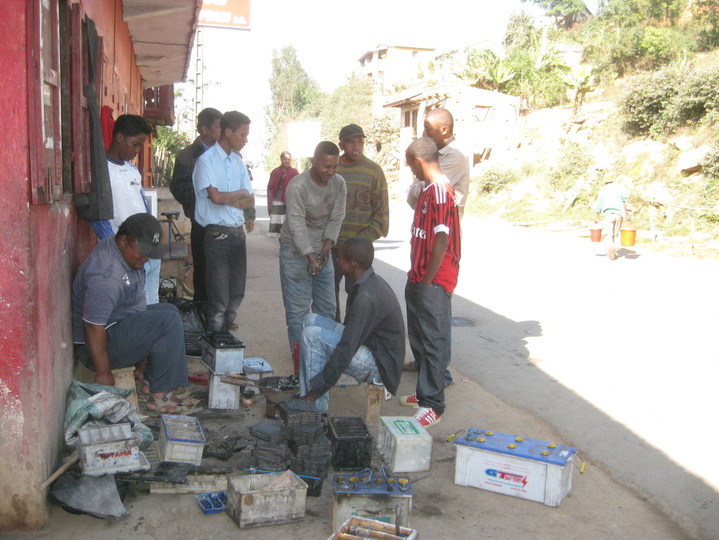

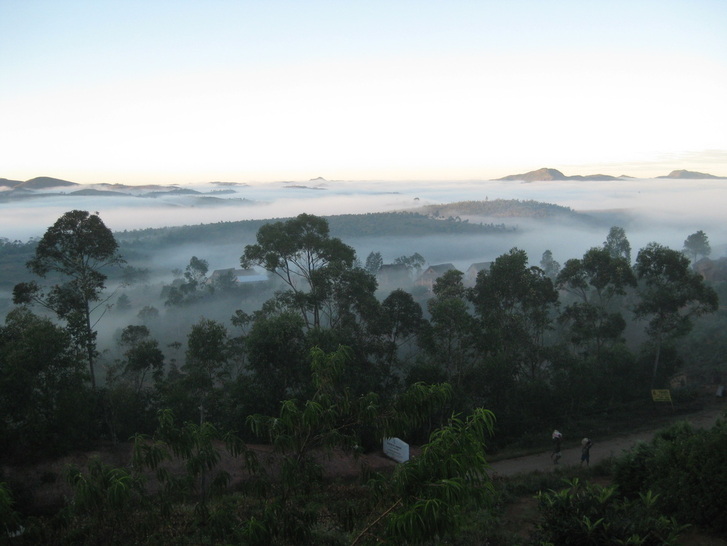
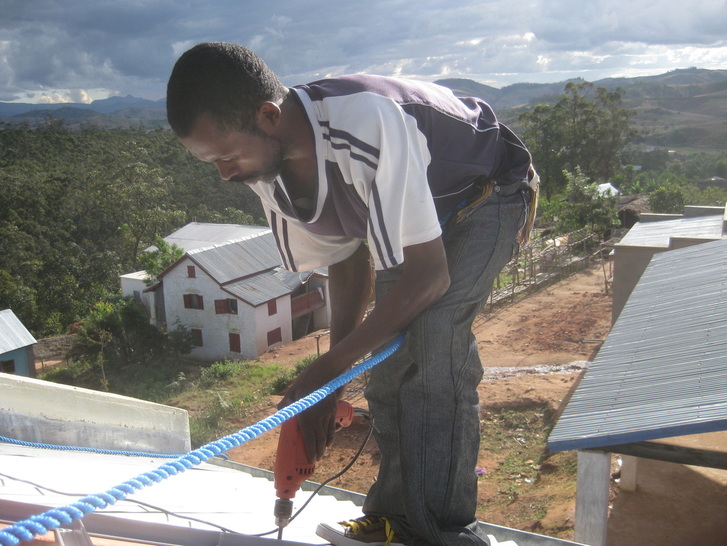
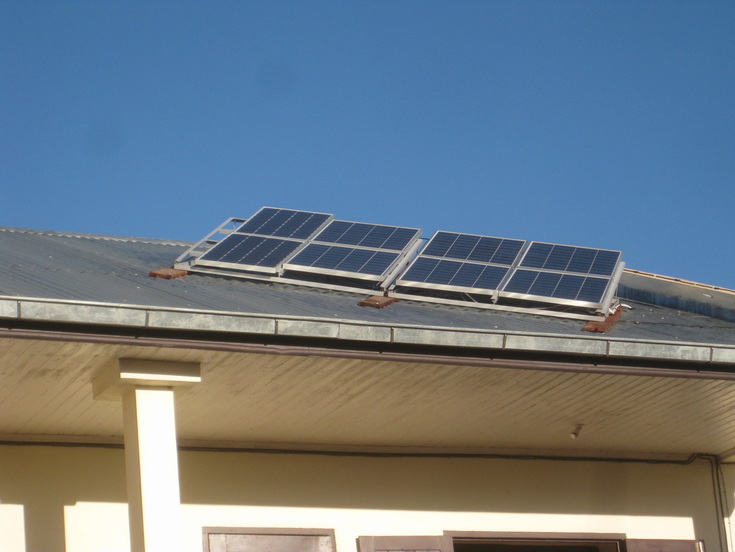
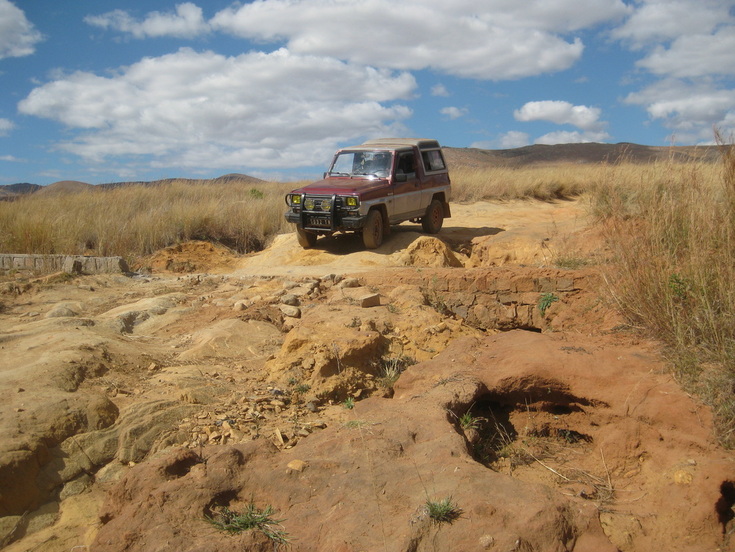
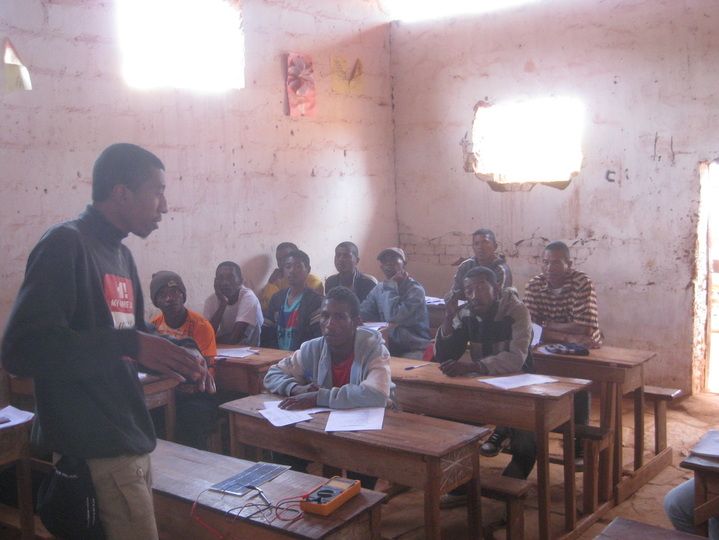
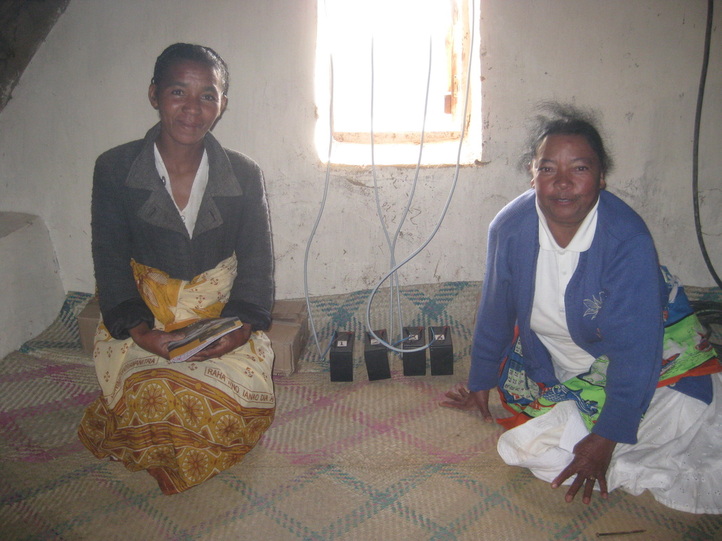
 RSS Feed
RSS Feed